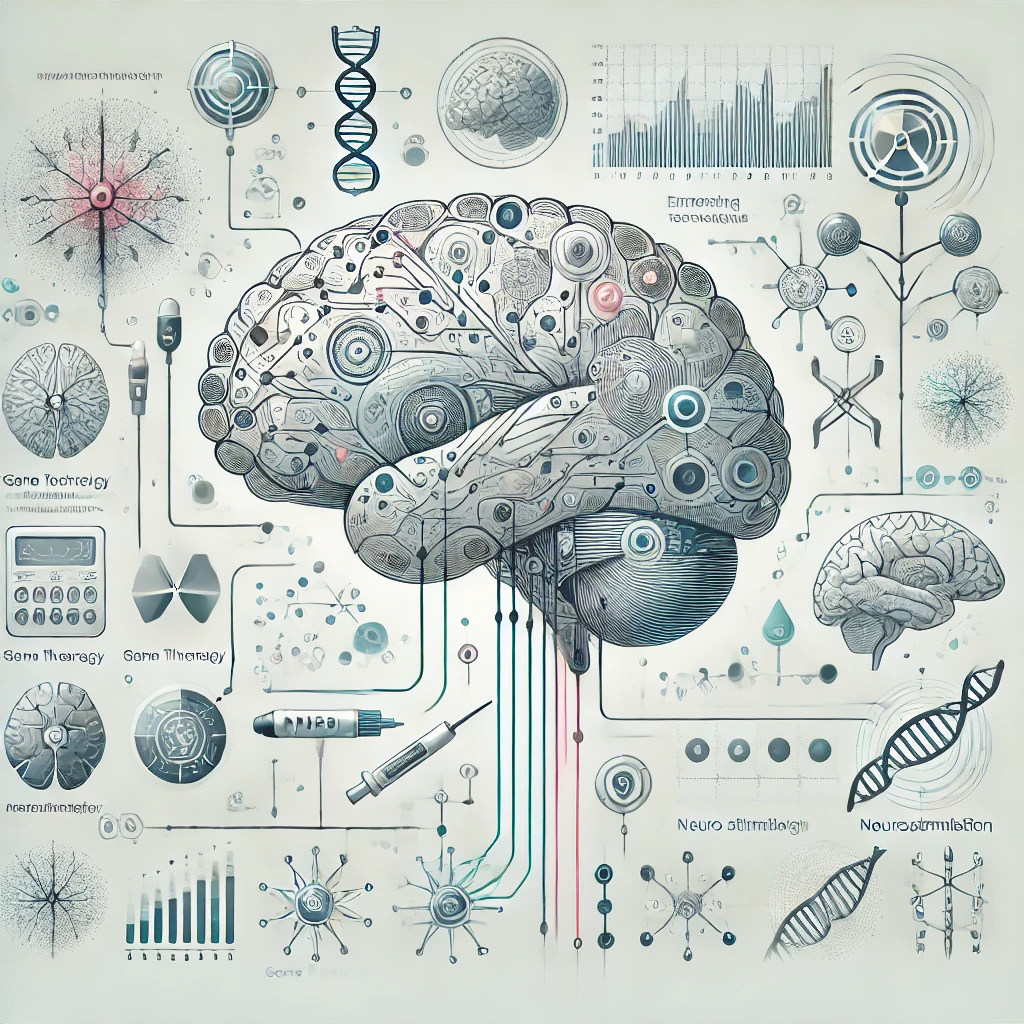Did you know that recent breakthroughs in neuroscience could revolutionize the treatment of chronic neurological conditions?
Advancements in nervous system health research are occurring at an unprecedented pace, offering new hope for those suffering from chronic neurological conditions. Understanding these developments is essential for staying informed about potential treatments and therapies that could significantly improve patient outcomes.
The nervous system is integral to every function in the body, from movement to cognitive processes. With ongoing research shedding light on its complexities, new treatments are emerging that promise better management and potential cures for debilitating conditions.
In this post, you’ll discover the latest research findings in nervous system health, including insights into neuroplasticity, neuroinflammation, and brain-computer interfaces. Additionally, we’ll explore the most promising emerging treatments and therapies that are shaping the future of neurological care.
Latest Research Findings
Recent studies have unveiled significant discoveries that enhance our understanding of the nervous system’s functioning and potential for recovery and adaptation.
Neuroplasticity
Neuroplasticity refers to the brain’s remarkable ability to reorganize itself by forming new neural connections throughout life. This adaptability allows the brain to compensate for injury and disease, and to adjust its activities in response to new situations or changes in the environment.
Studies have shown that stroke survivors can recover motor functions through neuroplasticity. Intensive rehabilitation therapies, like constraint-induced movement therapy (CIMT), leverage neuroplasticity by encouraging the use of the affected limb, which helps the brain to rewire itself and improve motor function.
Neuroinflammation
Neuroinflammation is the inflammation of the nervous tissue, which can be a crucial factor in the progression of neurodegenerative diseases like Alzheimer’s and Parkinson’s. Chronic neuroinflammation can damage neurons and impair brain function.
Research has shown that reducing neuroinflammation can slow the progression of neurodegenerative diseases. For instance, anti-inflammatory drugs and lifestyle changes, such as adopting an anti-inflammatory diet, have been found to reduce markers of inflammation and improve symptoms in patients with Alzheimer’s disease.
Brain-Computer Interfaces (BCIs)
Brain-computer interfaces (BCIs) are systems that enable direct communication between the brain and external devices. BCIs can restore lost functions by bypassing damaged areas of the nervous system, allowing individuals with severe disabilities to control prosthetic limbs, computers, and other devices with their thoughts.
Recent trials have shown that BCIs can significantly improve the quality of life for patients with spinal cord injuries. For example, a study published in Nature demonstrated that patients could control robotic arms to perform complex tasks like drinking from a cup, solely by using their thoughts.
Data and Statistics
Including data and statistics can enhance the understanding and impact of these research findings:
- Neuroplasticity: According to a study in Stroke, patients undergoing CIMT showed a 50% improvement in motor function compared to traditional therapy.
- Neuroinflammation: Research published in The Lancet Neurology indicated that anti-inflammatory treatments reduced cognitive decline by 30% in Alzheimer’s patients over two years.
- BCIs: A study in The Journal of Neural Engineering reported that 75% of participants with BCIs could perform daily activities more independently after a year of training.
Emerging Treatments and Therapies
Emerging treatments and therapies hold promise for revolutionizing the management of neurological conditions. These advancements leverage cutting-edge technology and scientific discoveries to provide new hope for patients.
Key Treatments and Therapies
Gene Therapy
Gene therapy involves altering the genes within an individual’s cells to treat or prevent disease. This approach can correct defective genes responsible for neurological disorders.
Gene therapy has shown success in treating spinal muscular atrophy (SMA), a genetic disorder that affects motor neurons. The therapy introduces a functional copy of the defective gene, leading to improved muscle function and prolonged survival in infants with SMA.
Stem Cell Therapy
Stem cell therapy uses stem cells to regenerate damaged tissues and restore lost functions. This approach is particularly promising for repairing neural tissues in the brain and spinal cord.
Clinical trials have demonstrated the effectiveness of stem cell therapy in treating spinal cord injuries. Patients receiving stem cell transplants have shown improvements in motor and sensory functions, offering hope for recovery from severe spinal cord damage.
Neurostimulation
Neurostimulation techniques, such as transcranial magnetic stimulation (TMS) and deep brain stimulation (DBS), involve stimulating specific brain regions to modulate neural activity and alleviate symptoms of neurological disorders.
TMS has been used to treat depression by stimulating the prefrontal cortex. Studies have shown that TMS can significantly reduce depressive symptoms in patients who do not respond to conventional treatments. Similarly, DBS has been effective in managing symptoms of Parkinson’s disease, such as tremors and rigidity, by targeting specific brain circuits.
Personalized Medicine
Advances in genetics and biotechnology are leading to personalized treatment plans based on an individual’s genetic profile. Personalized medicine aims to tailor treatments to each patient’s unique genetic makeup, improving efficacy and reducing side effects.
In epilepsy management, genetic testing can identify specific mutations that cause the condition. Personalized treatment plans, including tailored medications and lifestyle adjustments, have shown better seizure control and overall quality of life for patients.
Recap the latest research findings and emerging treatments in nervous system health. Emphasize the potential impact of these advancements on improving patient outcomes and quality of life.

